Mozambique: Recovered assets finance social projects
Mozambican President speaks of a “renewed hope” at the main border with South Africa
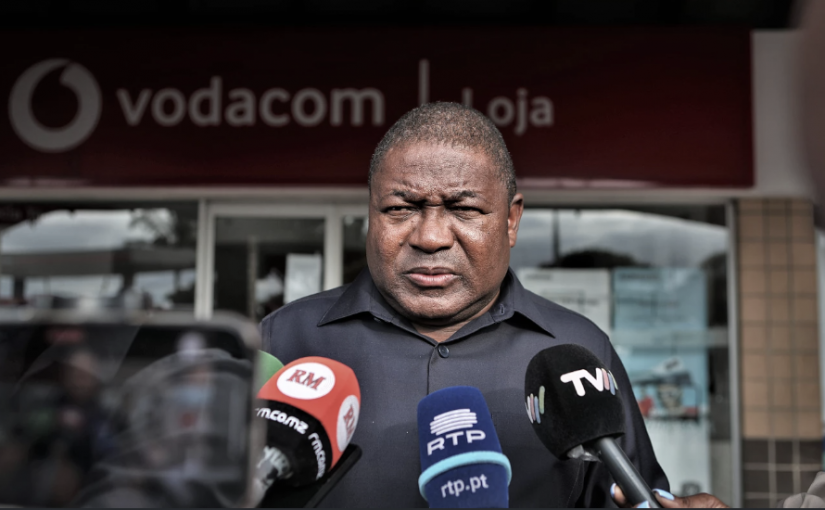
File photo: Lusa
Mozambican President Filipe Nyusi visited the Ressano Garcia Border today, highlighting an atmosphere of “renewed hope” following protests that had disrupted operations at the main crossing between Mozambique and South Africa in recent weeks.
“There is a visible renewal of hope among the populations and communities, who never wanted to stop [working despite the protests],” Filipe Nyusi told the media during his visit to the border, located nearly 100 kilometers from the center of Mozambique’s capital.
Since the start of protests against the October 9 election results in Mozambique, clashes between police and demonstrators in the area have disrupted border operations, leading to incidents of vandalism and road blockades on the Mozambican side.
One of the most severe incidents occurred on December 13, when the live-streamed shooting of a young man filming police operations against protesters at the border sparked public outrage.
The young man, a content producer on the internet, succumbed to his injuries in the hospital. He had been live on Facebook moments before he was shot while capturing footage of police firing to disperse a group of protesters near the border.
Following the proclamation of election results by the Constitutional Council (CC) on December 23, both governments strengthened security at the border. South Africa deployed police and military personnel to bolster border guards on its side, while Mozambique announced “protection zones” along goods transport corridors.
According to the Mozambican President, the situation at Ressano Garcia has now returned to normal.
“Traffic is flowing well (…) It’s clear that life is resuming its normal pace, and we would like to maintain this awareness (…) People now understand that this is not the way to solve our problems (…) Some individuals I spoke to had differing opinions, but it became clear that we can have a conversation,” Filipe Nyusi added.
Mozambique’s Tax Authority reported losses of at least €5.8 million in early November due to several days of disruptions and the border’s closure caused by post-election turmoil.
Ressano Garcia, located in southern Mozambique, is a key transit point for South African exports via Maputo Port and for imports of South African goods into Mozambique’s capital.
On November 5, protesters set five Mozambican border authority vehicles on fire and vandalized the border post, prompting both countries to completely close the crossing, leading to a buildup of trucks on both sides.
On December 23, the Constitutional Council of Mozambique declared Daniel Chapo, the candidate supported by the ruling Mozambique Liberation Front (Frelimo), as the winner of the presidential election with 65.17% of the votes, succeeding Filipe Nyusi. Frelimo also retained its parliamentary majority in the October 9 general elections.
This announcement triggered chaos across the country, with pro-Venâncio Mondlane protesters—who, according to the Constitutional Council, received only 24% of the votes—taking to the streets with barricades, looting, and clashes with the police, who have been firing shots to disperse demonstrators.
Since October 21, when disputes over the October 9 general elections began, the Decide platform, a non-governmental organization monitoring the process, has recorded 277 deaths, 586 injuries from gunfire, and 11 disappearances.


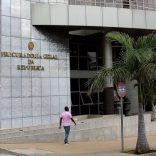




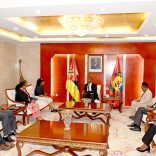
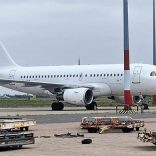
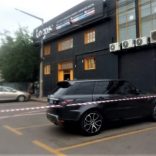
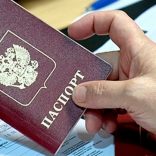
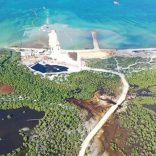

Leave a Reply
Be the First to Comment!
You must be logged in to post a comment.
You must be logged in to post a comment.